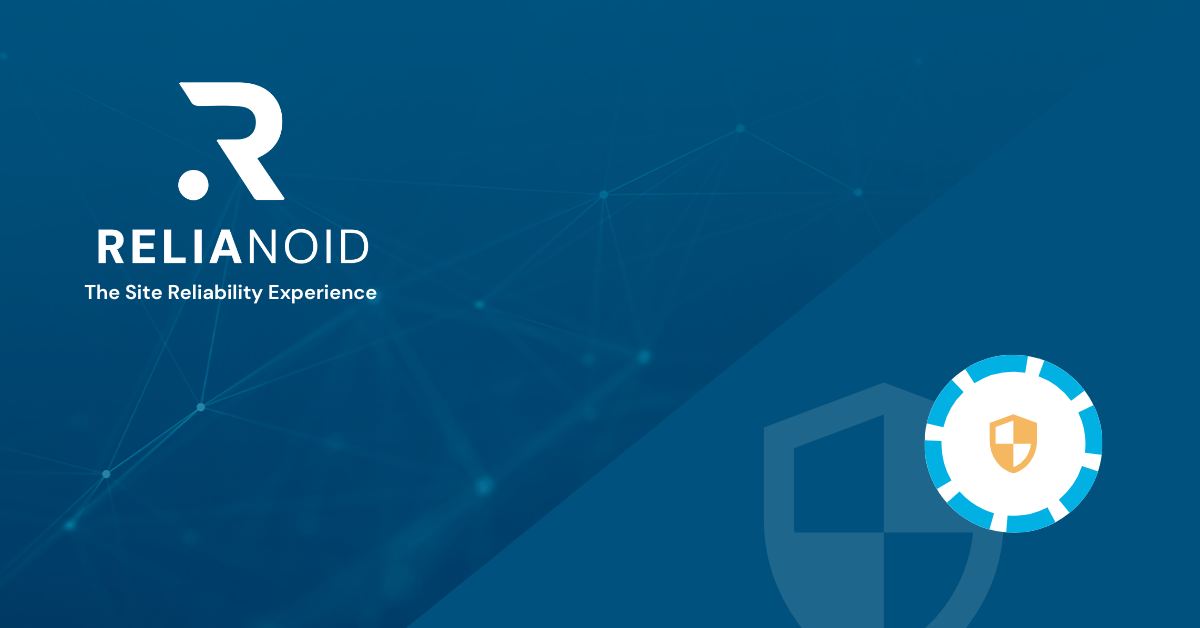In a bold move to strengthen cybersecurity in India’s financial sector, the Reserve Bank of India (RBI) has announced the launch of an exclusive Internet domain for Indian banks. This initiative, set to roll out in April 2025, aims to mitigate digital financial fraud by curbing cyber threats such as phishing while ensuring secure financial transactions.
According to an RBI statement released on February 7th, the regulatory body intends to introduce a domain, “.bank.in,” exclusively for Indian banks. Additionally, a separate domain, “fin.in,” will cater to non-bank financial entities, further streamlining secure financial services across the ecosystem. The Institute for Development and Research in Banking Technology (IDRBT) will serve as the sole registrar for these domains, ensuring stringent compliance and security measures.
Multi-Factor Authentication (MFA) for Enhanced Security
Beyond domain security, the RBI is amplifying its efforts to safeguard digital transactions through the implementation of Additional Factor of Authentication (AFA), also widely known as Multi-Factor Authentication (MFA). This security protocol mandates the use of more than one authentication factor, fortifying the digital payments landscape. Specifically, AFA will apply to cross-border card-not-present (CPN) online transactions, covering credit and debit card payments, prepaid instruments, and mobile banking transactions.
“This will provide an additional layer of security in cases where the overseas merchant is enabled for AFA,” the RBI stated, underscoring its commitment to bolstering consumer trust in digital financial services. However, a degree of ambiguity persists, as the RBI has not specified a mandatory authentication factor, leaving the digital payments industry to navigate between existing SMS-based one-time passwords (OTPs) and other potential authentication methods.
RELIANOID: Integrating AFA and MFA for Secure Digital Transactions
As global financial institutions prioritize cybersecurity, companies like RELIANOID are at the forefront of integrating AFA and MFA into their solutions by default. RELIANOID’s robust security architecture ensures that authentication mechanisms are seamlessly embedded, offering businesses and financial entities the highest level of protection against fraud. By leveraging multi-layered authentication strategies, RELIANOID empowers organizations with secure digital transactions, reducing vulnerabilities and ensuring compliance with emerging cybersecurity regulations.
With the RBI’s latest initiative, India’s digital banking ecosystem is set to undergo a transformation that places security at the core of its evolution. The adoption of exclusive financial domains, coupled with reinforced authentication measures, underscores a growing global commitment to protecting consumers and businesses from the ever-evolving cyber threat landscape.




